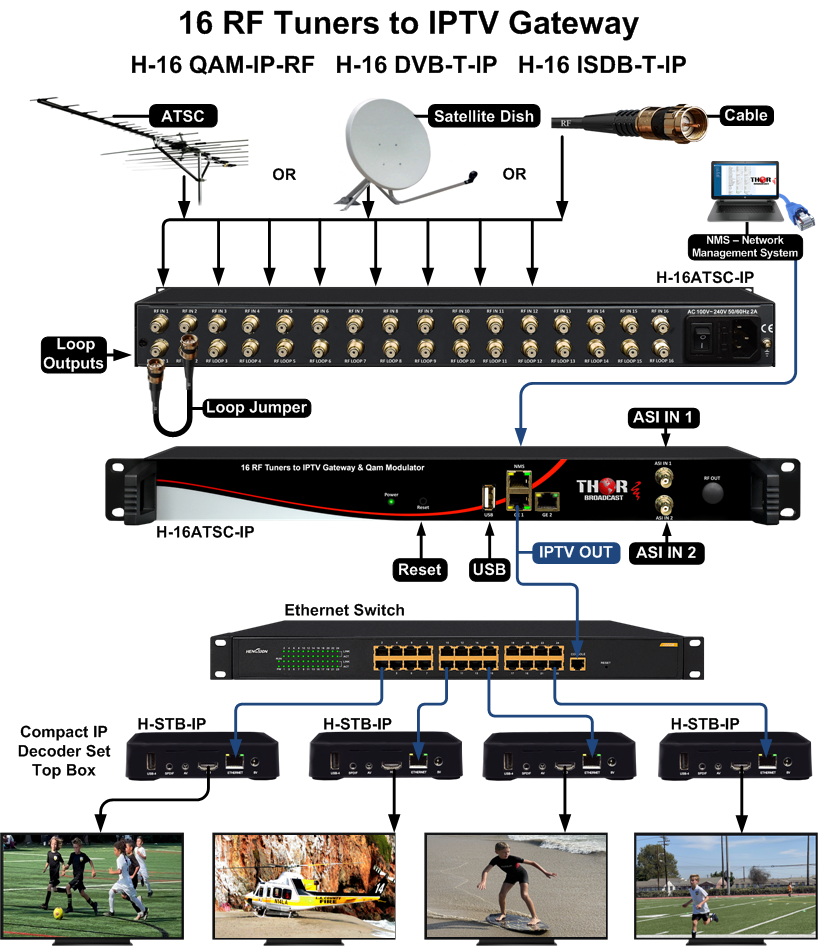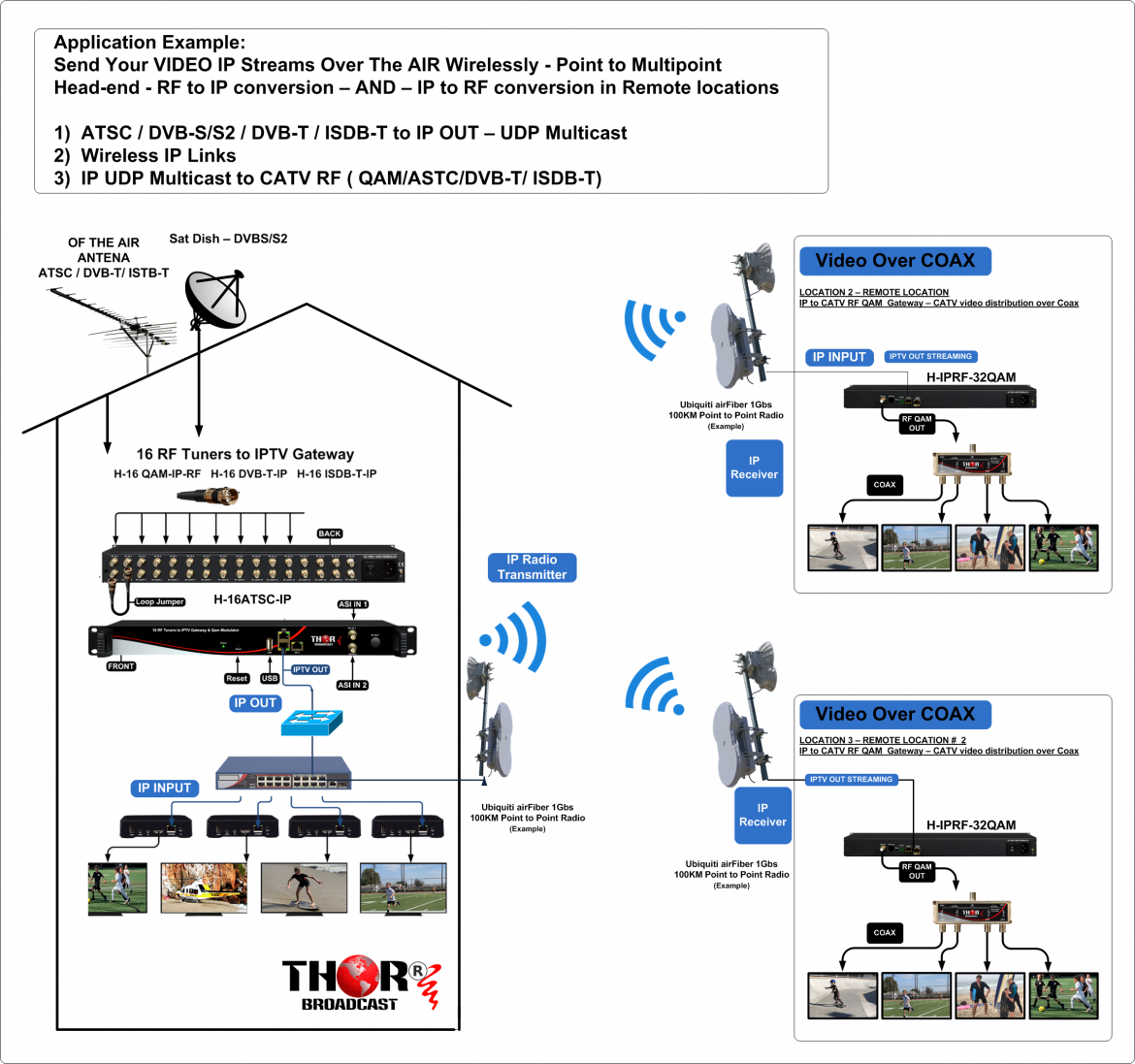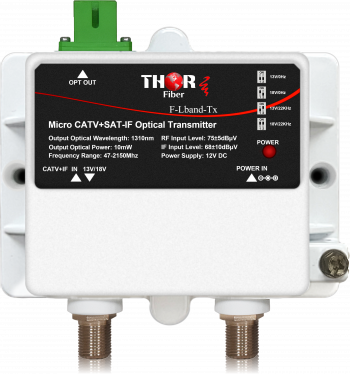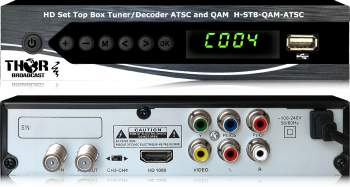Answer: Answers to your questions:
Additionally, we kindly request your support with technical recommendations regarding the RF side of the installation—specifically:
• Appropriate antenna types for optimal DVB-T/T2 reception – DVB-T only.
• Whether amplifiers are required in our scenario
This depends entirely on the RF signal strength and quality at the installation site. Normally, an amplifier is not necessary, but in some cases multiple antennas are required because many channels may originate from different broadcast towers. Please let me know if this is clear.
• Maximum recommended cable distances and cable types to ensure a strong RF signal before feeding the gateway
Shorter coaxial cable runs are always better. There is no strict maximum distance; the limitation is based on coax type and frequency characteristics (insertion loss).
Please cheek this table ( example 211Mhz is loosing 2.65 db /100 feet of RJ11 Coaxial cable)

Any guidance you can provide will help us ensure a reliable deployment.
Once you receive the equipment, connect the antenna, set the frequencies, and check the signal strength and quality. This step will determine the next actions. If the signal quality and strength are above 35%, the unit will operate without issues. If it is below that level, multiple antennas may be required and possibly antennas aimed in different directions. Please let me know if this is clear.
Also — please confirm that DVB-T is indeed what you need.
If this system will be used in Mexico, you will require ATSC tuners, not DVB-T. DVB-T is used in Europe, Africa, and parts of the Middle East, not in Latin America. Please double-check this.

 ES
ES


















